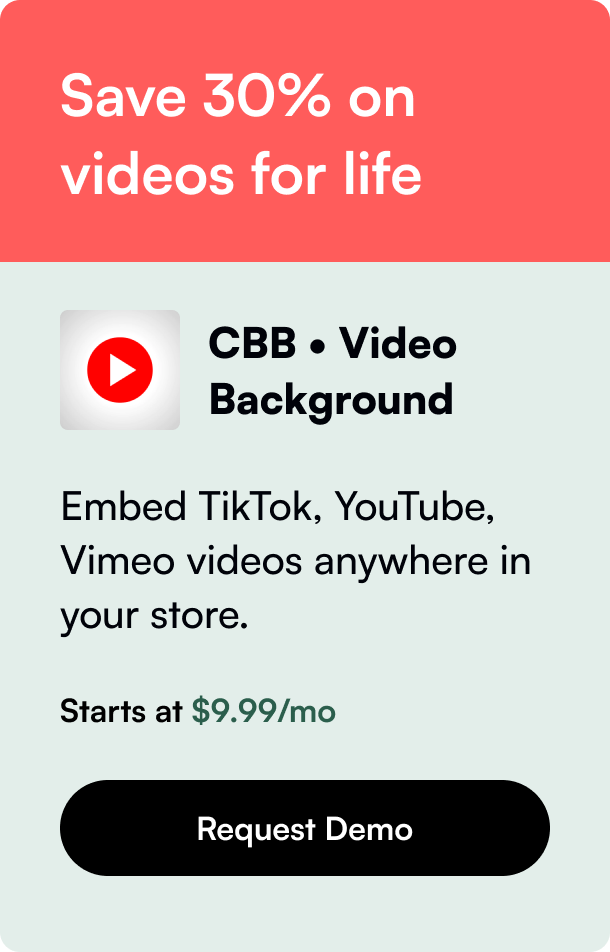Table of Contents
- Introduction
- Understanding the Basics of Shopify Forms
- Advanced Form Customization
- Integrating Forms with Shopify Flow
- FAQs
Have you ever encountered an elegantly designed Shopify store and wondered how they seamlessly integrate forms that not only look great but also function flawlessly? From collecting email addresses for a newsletter to creating a custom contact page, forms are pivotal in enhancing user engagement and collection of valuable customer insights. If the thought of adding a form to your Shopify page seems daunting, worry not. This post is designed to guide you through the process, ensuring you can implement this useful feature with confidence and ease.
Introduction
Imagine landing on a Shopify store where the seamless integration of forms invites you to join an exclusive email list or share your feedback without disrupting your browsing experience. This level of engagement is not only beneficial for business owners looking to grow their audience but also enhances the overall user experience, making shoppers feel valued and heard. Given the importance of this feature, it's no surprise that learning how to add form to Shopify page is a sought-after skill among Shopify store owners.
The integration of forms into Shopify pages is more than just a strategy to collect customer data; it's about creating a bridge between your brand and your audience. Whether it's through a pop-up form gently asking for your email address or a dedicated contact page that seeks your opinion, forms can transform a passive browsing session into an active engagement with your brand.
In this comprehensive guide, we'll delve into the nuances of adding forms to your Shopify page, exploring various types, settings, and the technical know-how to make them work for your specific needs. By the end of this post, you'll be equipped with the knowledge to not only add forms to your Shopify store but also customize them to align with your brand identity and business objectives.
Understanding the Basics of Shopify Forms
Before we dive into the specifics of adding and customizing forms, it's crucial to understand the backbone of Shopify's form functionality. The platform provides a versatile Forms app, enabling store owners to create forms that seamlessly integrate into their pages. These forms can range from simple email subscription pop-ups to comprehensive contact forms that capture a variety of customer information.
Form Types and Their Usage
Shopify categorizes forms into pop-up forms and inline forms, each serving distinct purposes. Pop-up forms are designed to capture attention without being intrusive, ideal for promotional sign-ups or quick surveys. Inline forms, on the other hand, are embedded within the content of a page, perfect for detailed inquiries or feedback submission.
Creating Your First Form
To create a form, you'll navigate to your Shopify admin and access the Forms app. Here, you'll find options to customize your form's appearance, functionality, and the type of information it collects. The process is straightforward, allowing you to activate the form on your store upon creation.
Customizing Form Settings
Both pop-up and inline forms offer a range of settings to tailor their behavior and appearance. From defining when and how your form appears to customizing the colors and fonts to match your brand, Shopify's Forms app provides a degree of flexibility that ensures your forms not only look great but also perform effectively.
Advanced Form Customization
While Shopify's Forms app offers a solid foundation, sometimes your needs may require a deeper level of customization. This is where understanding the power of Liquid programming language and Shopify's API comes into play.
Leveraging Liquid for Custom Forms
Shopify's templating language, Liquid, can be used to create custom forms that go beyond the default settings. By leveraging Liquid, you can design forms that precisely match your store's aesthetic and functionality needs, from custom input fields to specific data collection requirements.
Implementing Custom Input Fields
Adding custom input fields involves defining the data type and setting any specific requirements for the field. For instance, if you're capturing shoe sizes, you can define a number field that accepts values within a specific range. This level of customization ensures that the data you collect is relevant and accurately reflects your inventory or service offerings.
Integrating Forms with Shopify Flow
One of the advantages of Shopify's ecosystem is the ability to automate workflows based on form submissions. By integrating your form with Shopify Flow, you can trigger specific actions or automations upon form completion. Whether it's tagging customers who complete a form, sending personalized email responses, or connecting with other marketing tools, automation enhances the functionality of your forms beyond mere data collection.
FAQs
To wrap up, let's address some common questions related to adding forms to Shopify pages:
Q: Can I add a form to any page on my Shopify store?
A: Yes, you can add forms to any page on your Shopify store, including custom pages, product pages, and blog posts.
Q: How can I ensure my form matches my store's design?
A: Shopify's Forms app allows you to customize the colors, fonts, and layout of your form. For deeper customization, you may use Liquid programming to tailor the form's design to your specifications.
Q: Can I collect custom information through my Shopify form?
A: Absolutely. You can add custom input fields to your form to collect specific information relevant to your business or customer base.
Q: Is it possible to automate responses or actions based on form submissions?
A: Yes, by integrating your form with Shopify Flow, you can automate responses or trigger specific actions based on the data collected through your form.
Adding forms to your Shopify page opens a world of possibilities for engaging with your audience and collecting valuable customer insights. With the tools and knowledge shared in this guide, you're now equipped to customize and integrate forms that not only look great but also serve your business's specific needs. Whether you're aiming to grow your email list, gather customer feedback, or automate your marketing efforts, forms are a versatile and valuable addition to your Shopify store.









